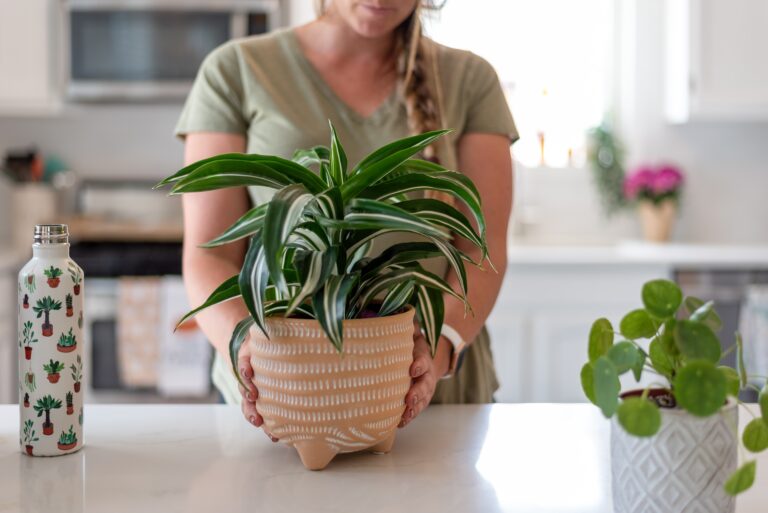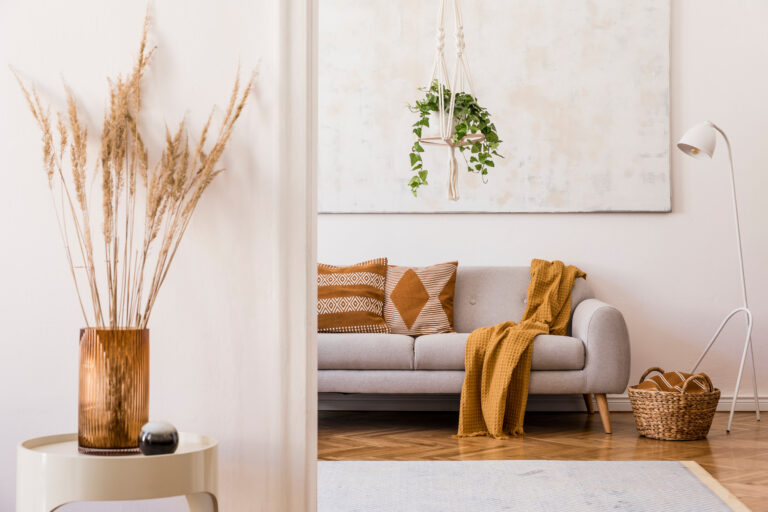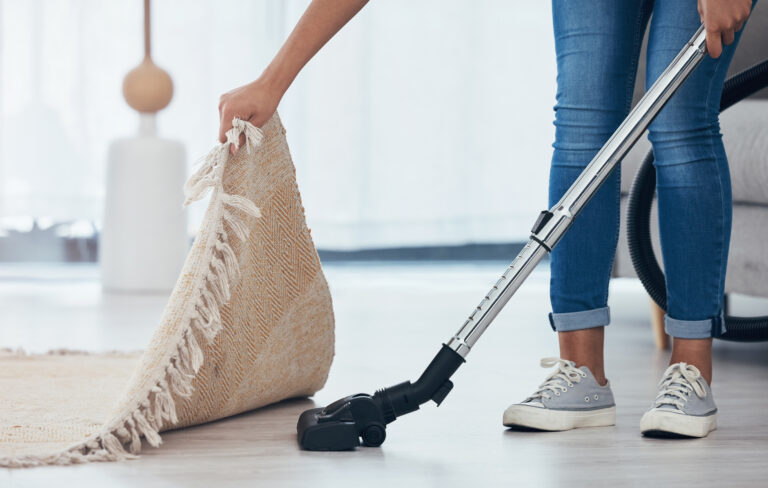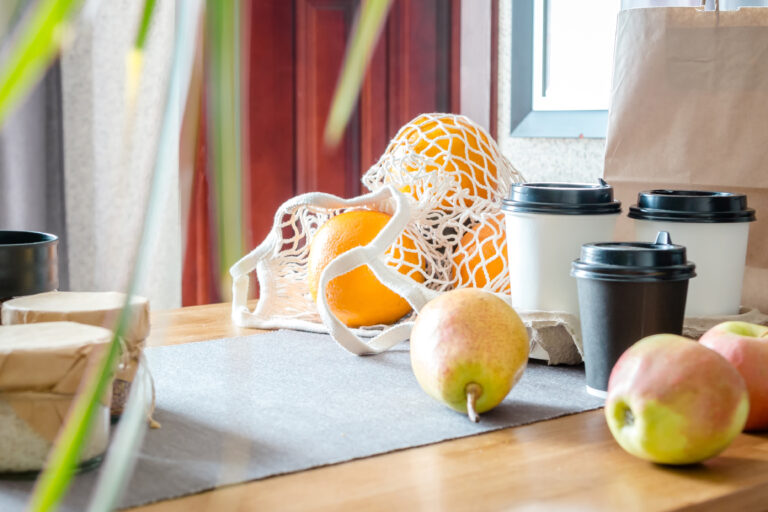10 Easy Ways to Improve Indoor Air Quality and Live Sustainably
Living sustainably goes beyond reducing your carbon footprint; it also encompasses creating a healthier indoor environment for you and your loved ones. Check out these simple yet effective tips to improve indoor air quality while embracing a sustainable lifestyle:

Opt for Natural Cleaning Products:
Swap chemical-laden cleaners for natural alternatives like vinegar, baking soda, and lemon juice. Not only are these options better for the environment, but they also help reduce indoor air pollution.
Bring in Houseplants:
Plants act as natural air purifiers by absorbing harmful pollutants and releasing oxygen. Consider adding spider plants, peace lilies, or snake plants to your home to enhance air quality.

Ventilate Your Home:
Proper ventilation is essential for maintaining good indoor air quality. Open windows regularly to let fresh air circulate throughout your home and invest in a quality ventilation system if needed.
Use Air Purifiers:
Consider investing in an air purifier with a HEPA filter to remove airborne particles such as dust, pollen, and pet dander. Place them in commonly used areas like the living room and bedroom for optimal effectiveness.

Avoid Synthetic Fragrances:
Many air fresheners and scented candles contain harmful chemicals that can pollute indoor air. Opt for fragrance-free or naturally scented alternatives to keep the air clean and fresh.
Clean Regularly:
Dust and vacuum your home regularly to reduce the buildup of allergens and pollutants. Pay special attention to carpets, upholstery, and other soft surfaces where dust mites tend to accumulate.

Minimize VOC Exposure:
Volatile organic compounds (VOCs) are found in many household products like paints, varnishes, and adhesives. Choose low-VOC or VOC-free alternatives to minimize exposure and improve indoor air quality.
Maintain HVAC Systems:
Regularly change air filters and schedule routine maintenance for your heating, ventilation, and air conditioning (HVAC) systems. This ensures optimal performance and prevents the circulation of pollutants.

Reduce Humidity Levels:
Excess moisture in the air can promote mold growth and worsen indoor air quality. Use a dehumidifier in damp areas like basements and bathrooms to maintain healthy humidity levels.
Choose Sustainable Materials:
When furnishing or renovating your home, opt for eco-friendly materials such as bamboo flooring, reclaimed wood furniture, and non-toxic paint. Not only are these options better for the environment, but they also contribute to better indoor air quality.
By incorporating these simple practices into your daily routine, you can breathe easier and live more sustainably while enjoying a healthier indoor environment for you and your family.
Interested in sustainable homes designed for optimal indoor air quality? Learn more about our environmentally friendly LiteHomes at redT Homes.

